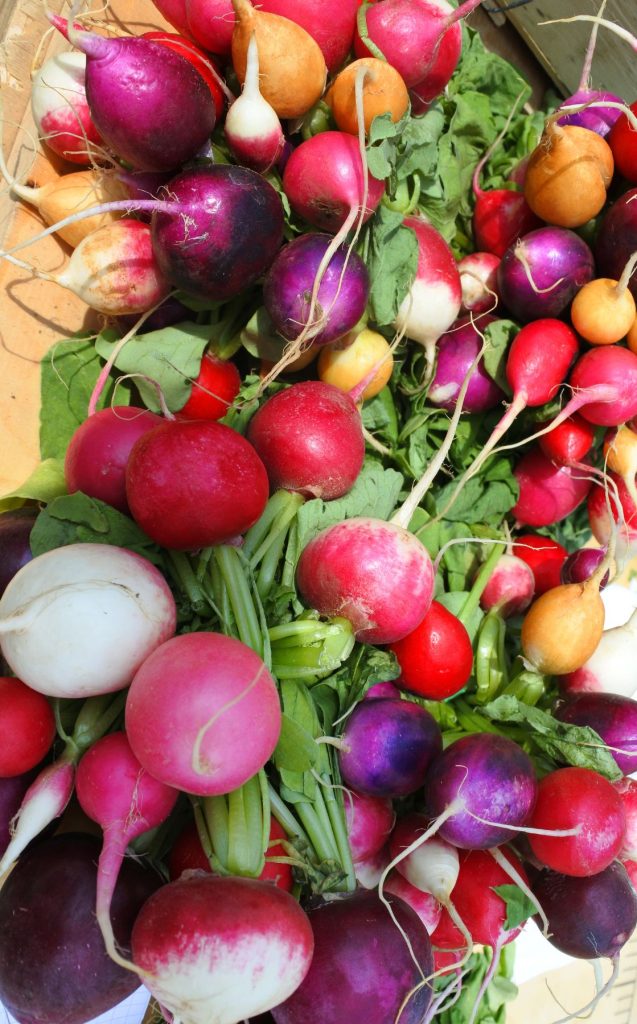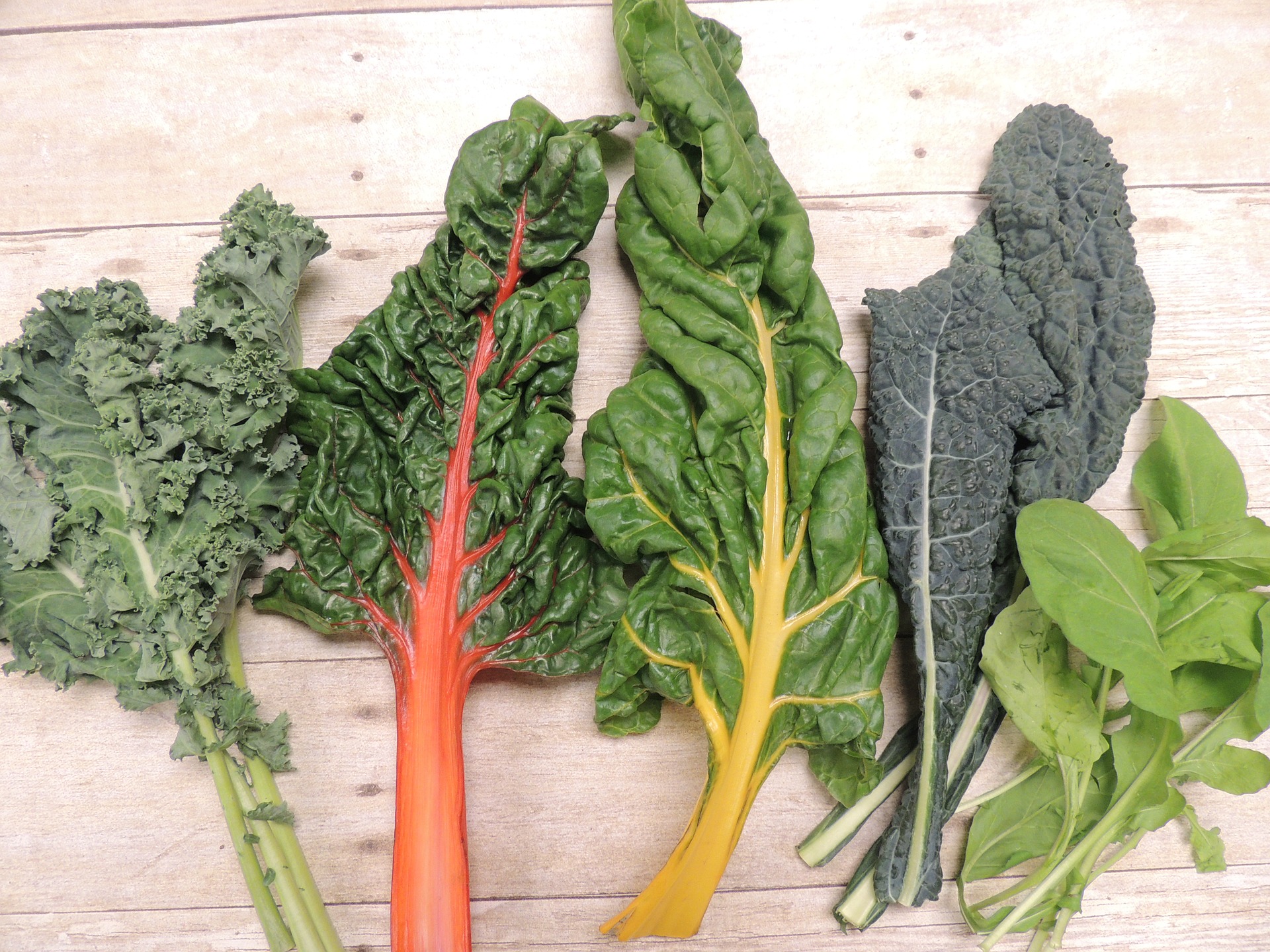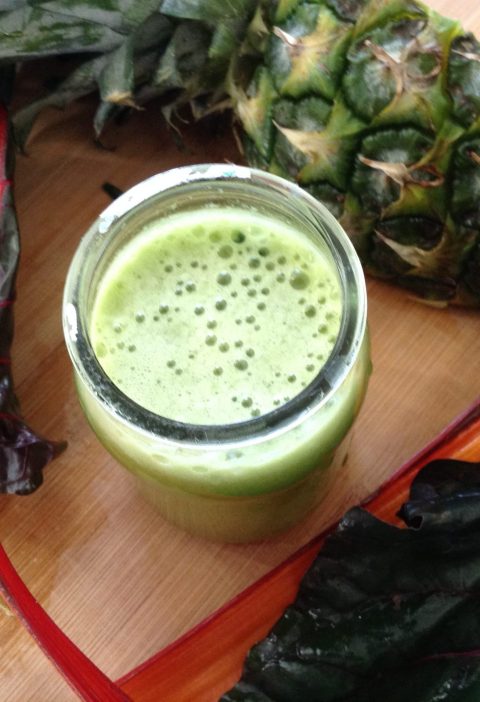Spring is here and with it the delicious, seasonal vegetables and foods that can help us detox and feel more energetic. Simply use it as a reminder of what you can eat when you are running out of ideas and inspiration.
Asparagus
A glorious British produce, asparagus are delicious and rich in healthy properties. Delicious, rich in fibers, vitamin K and trace minerals like potassium and chromium ( that help keep your blood sugar in check) asparagus are great addition to your meals. Low in calories.
Artichokes
Artichokes are very popular in Italy, especially in Tuscany where I come from, where they are cooked in a variety of ways, raw in crudites, pan-fried, stuffed and baked, in frittatas, and even in risottos.
They are slightly bitter, and like most bitter vegetables, they are beneficial for the liver. You will need to remove the outer leaves that are too hard to be edible, and be careful to the little thorn on the top, that will need to be removed as well.
Artichokes are rich in fibers, and they are thought to improve digestive health, liver detox, and help balance glucose levels.


Broad beans
Broad beans, also known as “fava beans”, are legumes similar to peas, but with a much stronger flavor. They are common in Middle Eastern and Mediterranean cuisines, and they are seasonal from April to September. The Italians use them raw in salads, often paired with other Spring greens like peas and asparagus, and paired with cheeses like Pecorino (an Italian sheep cheese).
They are rich in vegetable proteins and folates ( Vitamin B9). You can use them, in hummus, falafel, frittata, risottos, and even pasta.
It is worth noticing tho especially in some areas of the Metirraneum, some people may be intolerant to “fava beans”, for a condition known as “favism” due to a genetic enzyme deficiency.
Fennel
Fennel is a delicious and delicate vegetable which often underused in British cuisine. They are easy on your gut, and great for those who suffer from tummy bloating and meteorism. You can use them raw, shaved on salads like in Fennel, Grapefruit & Arugula Salad., as crudites, and baked.
My favourite way to cook them is to slice them up, and cook them in non-stick pan with some olive oil, a little bit of water and then pass them under the oven grill with a sprinkle of Parmesan cheese.
Radish
Radishes come in different colors, each with its own nutrients, antioxidants profile, and taste.Some are a little more spicy and slightly tarty, while others, especially the white and the dark purple variety, are more delicate in flavour.
All of them, are rich in Vitamin C and support liver detoxification, so they are a great addition to salad, to enhance the detox power of greens and vegetables.
Peas
You can have frozen peas all year round, but Spring is your chance to taste the delicate flavor of fresh peas in all sorts of Spring salads. Pair them with mint, feta, Pecorino or goat cheese, asparagus, broad beans and all sorts of green leafy vegetables.
Peas are rich in fibers, folate ( Vitamin B9), and contain a good quantity of vegetable proteins. Contrary to other legumes, peas tend to easy on your gut and do not cause meteorism. ( tummy bloating).
Spring onions
Spring onions also known as scallions, are typical of spring. They have a delicate and peppery flavor that can light up any salad, couscous and quinoa. They are great in frittatas too! I use then to give flavour to otherwise not interesting or bland dishes, and they works.
From a nutritional point of view, they are rich in fibers, vvitamins, magnesium, potassium, iron, thiamin, riboflavin, phosphorus, copper and riboflavin.
Courgettes
Courgettes are low in calories, have a delicate taste and are versatile. They are rich in Vitamin A, manganese, and a wide range of minerals, vitamins and antioxidants. They are easy on your gut, so good for those who suffer form IBS. (although that may vary according to the cooking method).
Use them in soups, in pasta, risottos, frittatas, baked and pan-fried.
Saltwater fish
Salmon tends to be the most common choice when choosing a healthy fish, at least in UK, but salmon is a fish that is farmed, so quite rich in toxins. (choose organic, when you can).
On the other hand saltwater fish like seabass, seabream, and hake, are rich in iodine, a mineral that is fundamental to support thyroid function for healthy metabolism.







